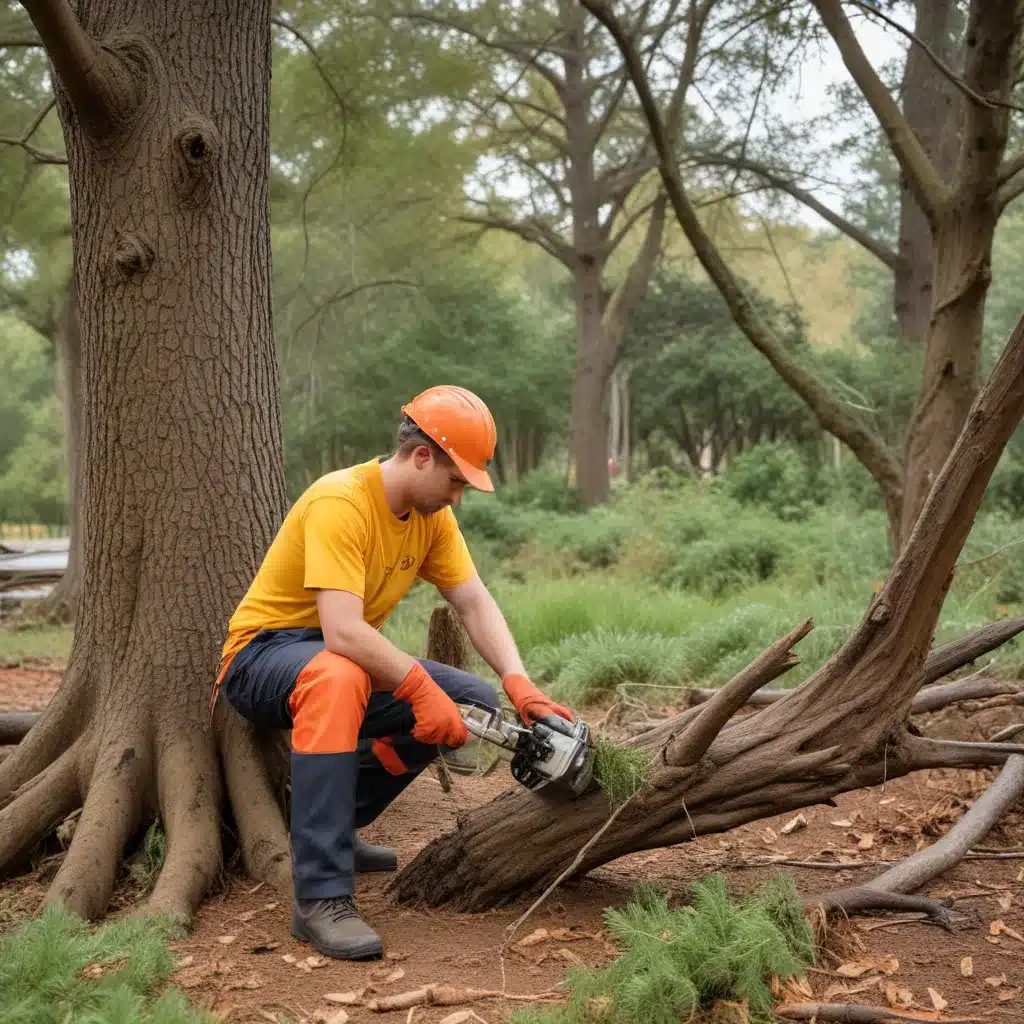
As a tree care specialist with TriCounty Tree Care, I’m often asked about the nuances of seasonal tree maintenance. Ensuring the health and vitality of our urban forest is a delicate dance, one that requires a keen understanding of phenology – the study of periodic plant and animal life cycle events and how these are influenced by seasonal and climatic changes. By aligning our care strategies with the ebb and flow of the seasons, we can help trees thrive and maintain the ecological advantages they provide to our communities.
Seasonal Considerations
Spring Preparation
The onset of spring awakens a flurry of activity in the plant kingdom. As buds swell and new growth emerges, it’s an opportune time to assess the overall condition of your trees and prepare them for the growing season ahead. Pruning during this period can help remove dead, damaged, or crossing branches, promoting a strong, balanced structure. It’s crucial, however, to time pruning carefully, as cutting too early can stimulate premature growth that may be vulnerable to late frost.
Summer Care
As the days lengthen and temperatures rise, trees shift their focus to photosynthesis and nutrient uptake. Regular watering and mulching around the root zone can help mitigate drought stress, while monitoring for pests and disease ensures small problems don’t escalate. Judicious pruning may still be necessary to address any competing leaders or hazardous branches.
Autumn Transition
As daylight hours dwindle and temperatures cool, trees begin to shut down their growth and prepare for dormancy. This is an optimal time for deep root fertilization, which helps replenish the soil with essential nutrients for the winter ahead. Removing any dead or damaged limbs can also help prevent potential hazards during the stormy winter months.
Tree Health Assessment
Identifying Potential Issues
Proactive monitoring is key to maintaining the health and longevity of your trees. Observing foliage color, branch structure, and bark texture can provide valuable clues about a tree’s overall well-being. Signs of nutrient deficiencies, insect infestations, or fungal diseases should be addressed promptly to prevent further decline.
Preventative Measures
Implementing a comprehensive integrated pest management (IPM) strategy can help safeguard your trees against a multitude of threats. This may include biological controls, cultural practices, and the judicious use of targeted pesticides as a last resort. Regular soil testing and amending can also ensure your trees are receiving the essential macro- and micronutrients they require.
Monitoring Growth Patterns
Closely tracking a tree’s growth rate, seasonal changes, and stress responses can reveal valuable insights about its adaptability to the local environment. By recognizing deviations from the norm, you can intervene early and make informed decisions about the tree’s long-term management.
Pruning and Trimming
Optimal Timing
The timing of pruning and trimming is crucial, as it can either support or hinder a tree’s health and development. Late winter or early spring is generally considered the best time for structural pruning, as trees are dormant and less vulnerable to infection. Summer pruning may be necessary to address water sprouts or suckers, while autumn is an ideal time for thinning and deadwood removal.
Technique Selection
Proper pruning techniques are essential for maintaining the structural integrity and aesthetic appeal of your trees. Reduction cuts, which shorten a branch to a lateral shoot or bud, can help manage size and redirect growth. Thinning cuts, which remove a branch at its point of origin, can open up the canopy and improve air flow and light penetration. Employing the right tools and maintaining proper form is critical to avoiding unnecessary damage or potential hazards.
Safety Precautions
Tree care work, especially at height, can pose significant risks if not approached with caution. Ensuring the use of proper personal protective equipment (PPE), such as hard hats, safety glasses, and harnesses, is paramount. Engaging with certified arborists or tree care professionals can also help mitigate the dangers associated with complex pruning or removal tasks.
Environmental Factors
Climate Adaptations
Trees have evolved remarkable resilience and adaptability to a wide range of climatic conditions. Understanding the native ranges and preferred growing environments of various tree species can guide informed selection and placement within the landscape. Incorporating drought-tolerant or cold-hardy varieties can help minimize the impacts of extreme weather events and climate change.
Soil Conditions
The health and vitality of a tree are intrinsically linked to the quality of the soil in which it grows. Assessing soil pH, nutrient levels, and drainage characteristics can inform targeted amendments and cultural practices to optimize growing conditions. Maintaining adequate organic matter and minimizing soil compaction are also crucial for supporting a tree’s root system.
Weather Impacts
Extreme weather, such as high winds, heavy snowfall, or ice storms, can inflict significant damage on trees. Proactive measures, like crown thinning or cabling and bracing, can help mitigate the risks of branch failure or uprooting. Rapid response to storm-related damage is essential to prevent further decline and ensure the safety of the surrounding area.
By aligning our tree care strategies with the rhythms of the seasons, we can help ensure the long-term health and vitality of our urban forests. Through vigilant monitoring, targeted maintenance, and a deep understanding of environmental factors, the team at TriCounty Tree Care is dedicated to preserving the ecological advantages and aesthetic beauty that trees provide to our communities. By navigating the ebb and flow of seasonal tree care, we can cultivate resilient, thriving landscapes that enrich our lives for generations to come.


